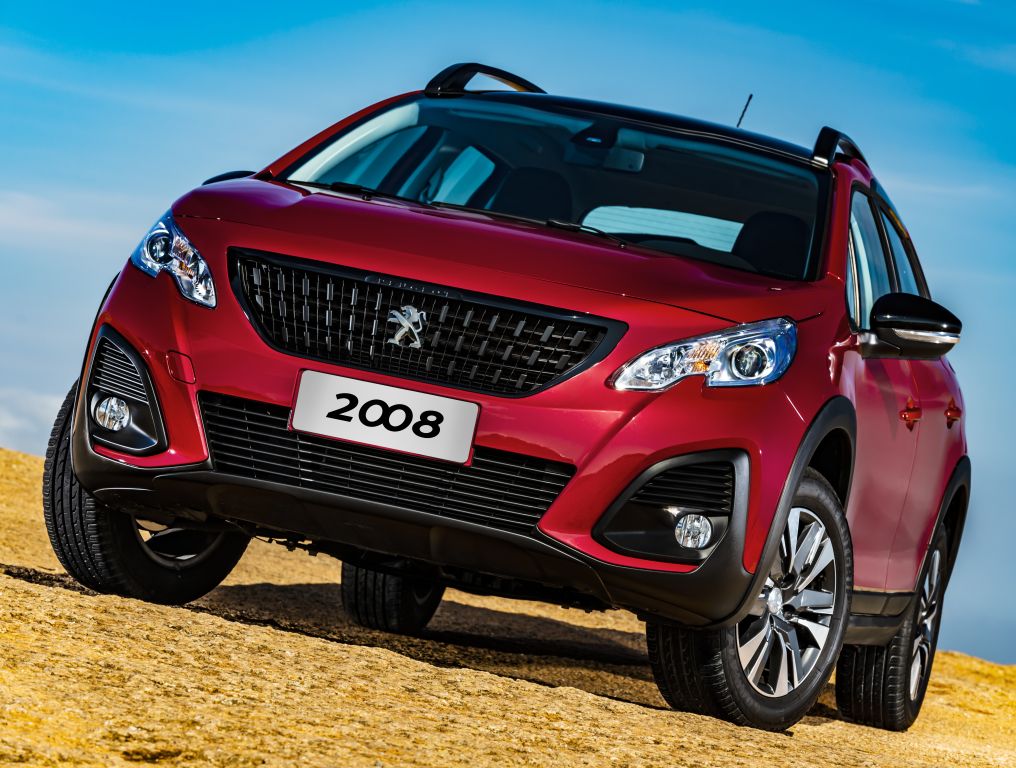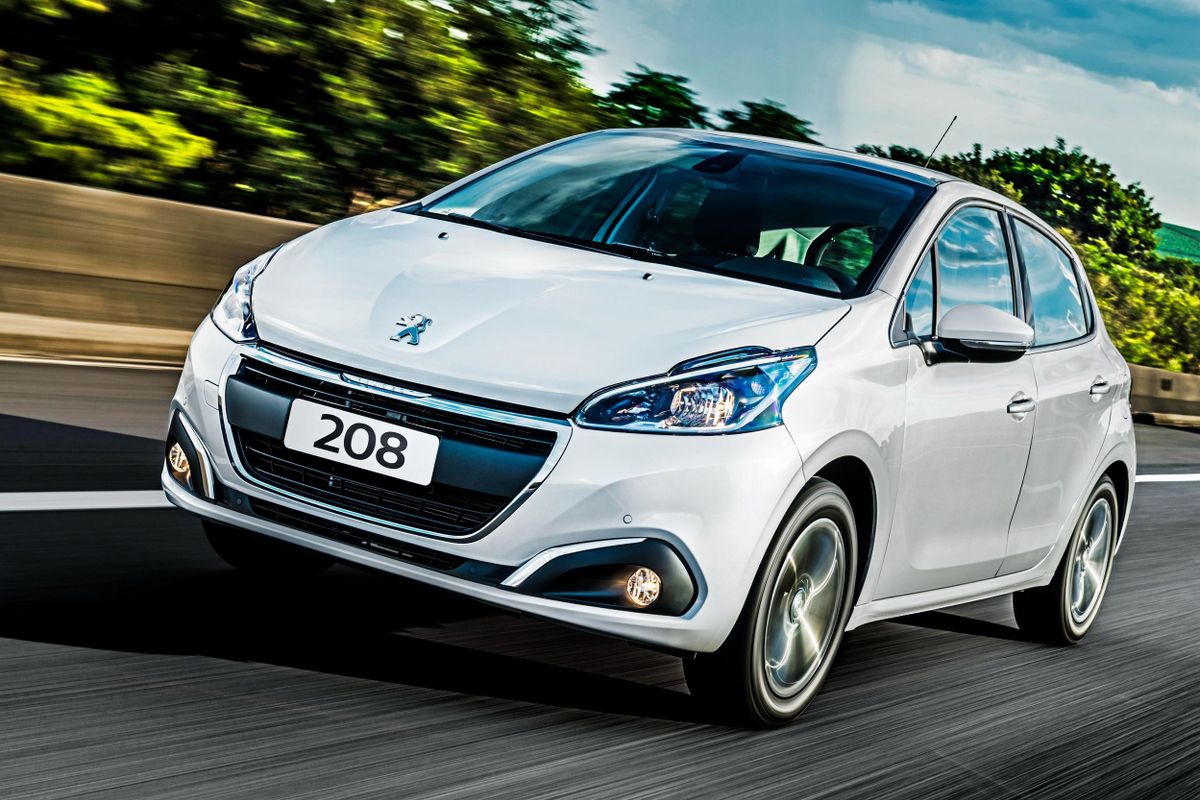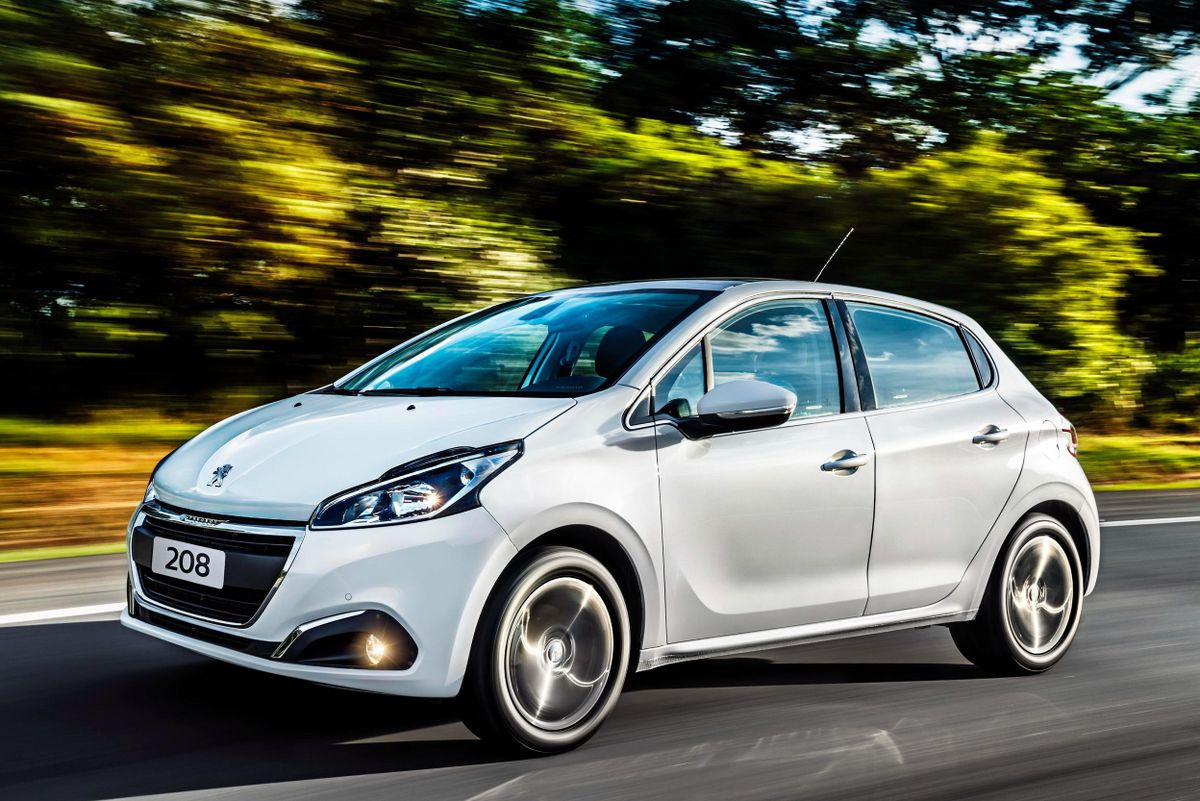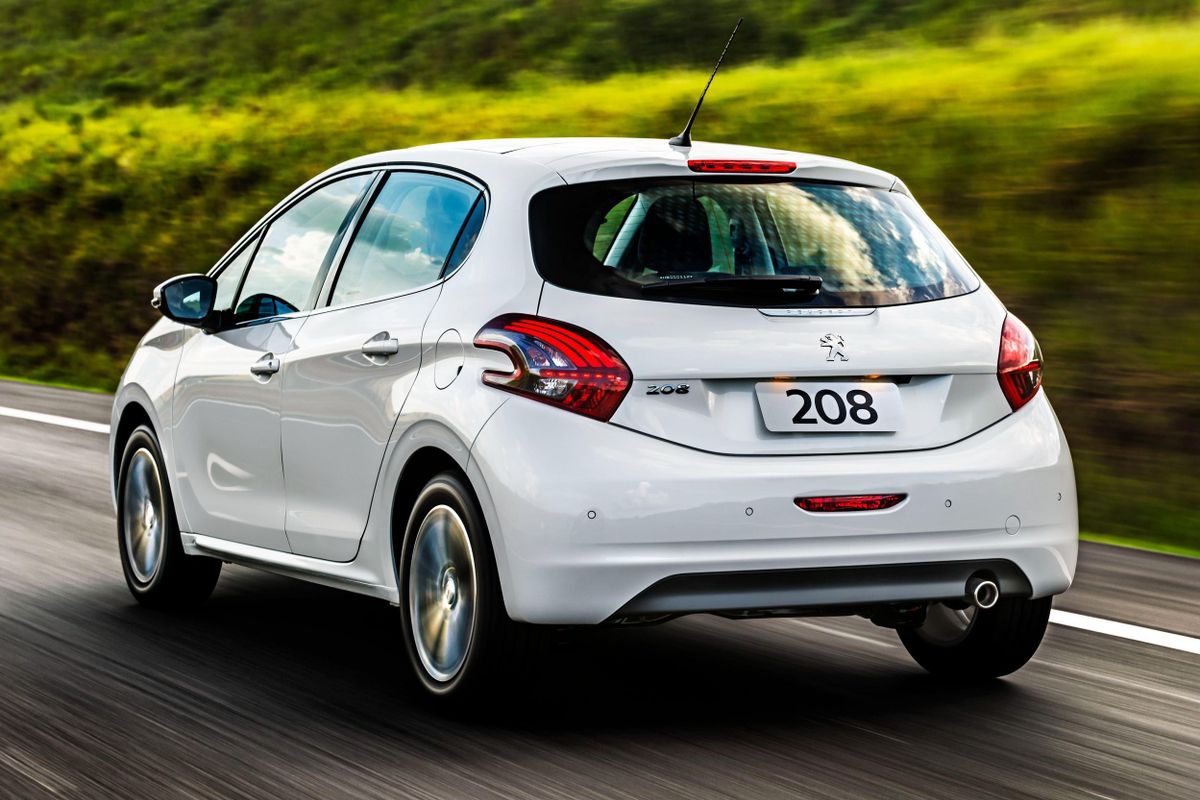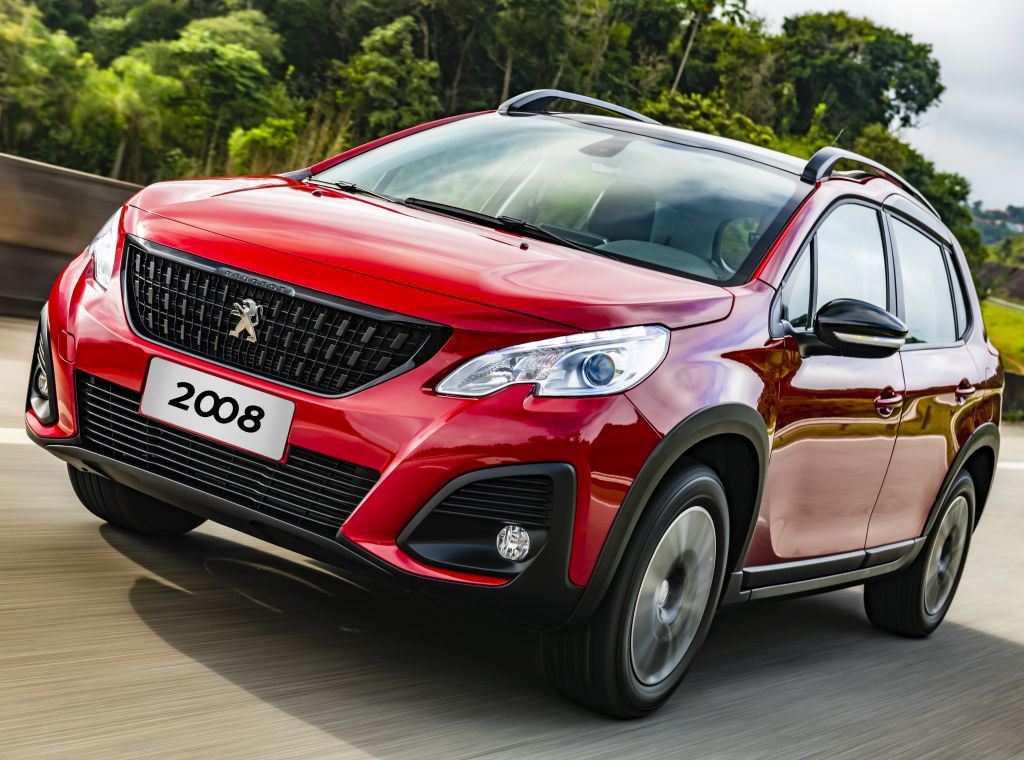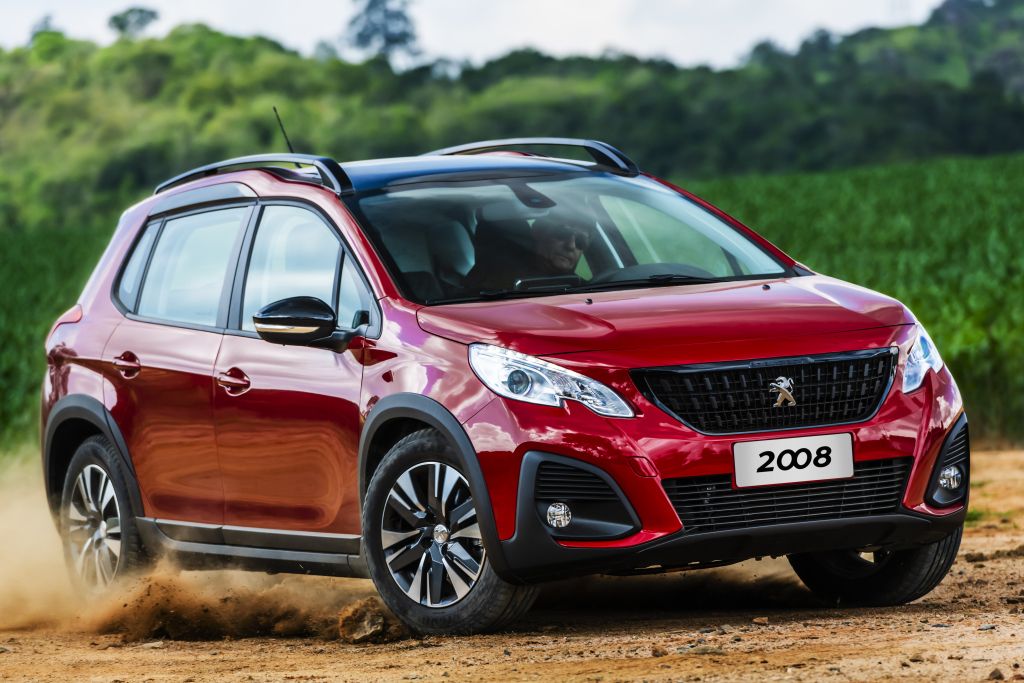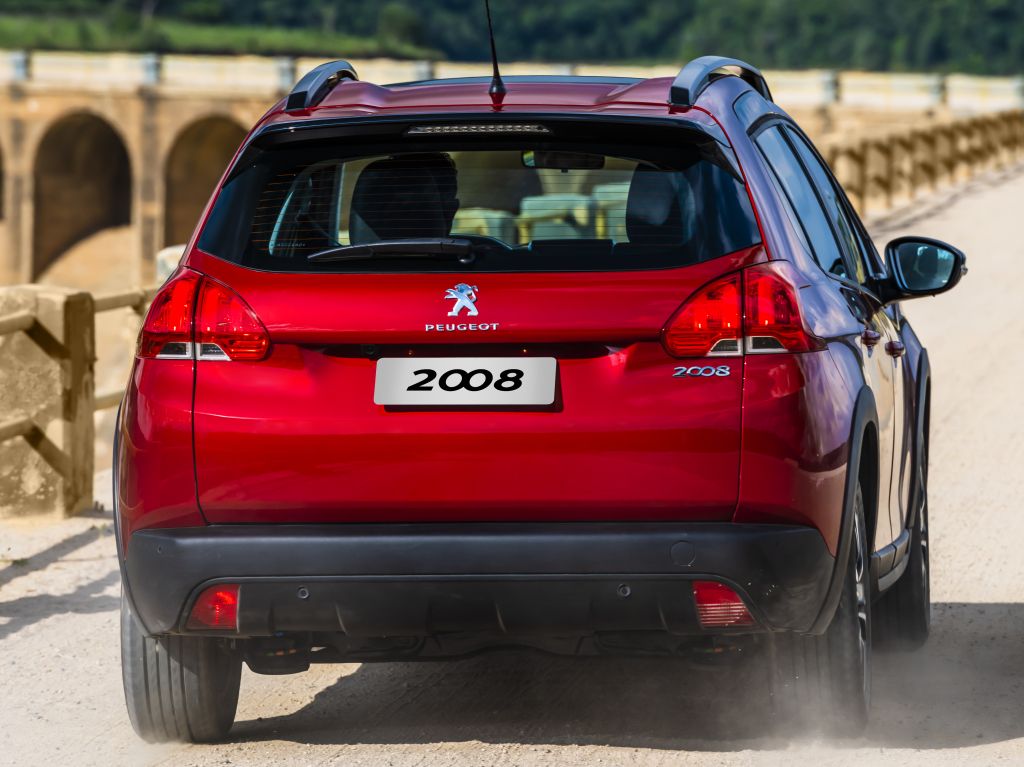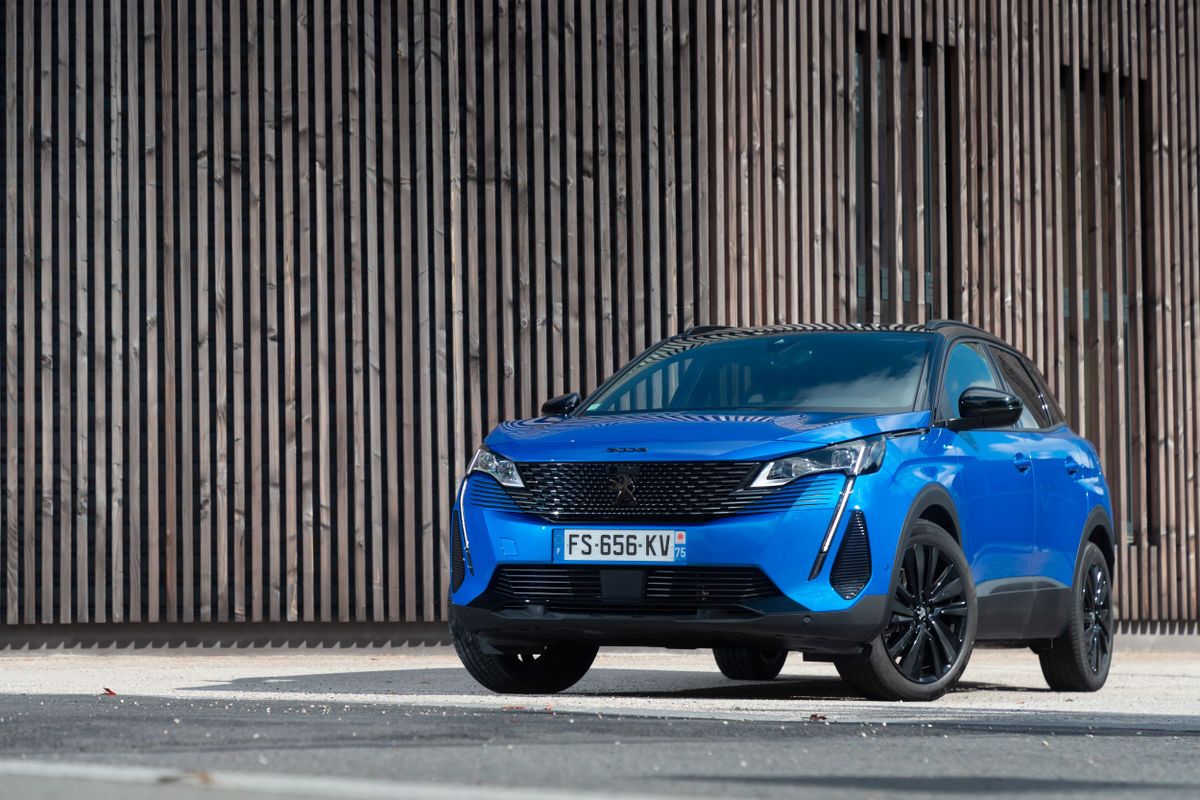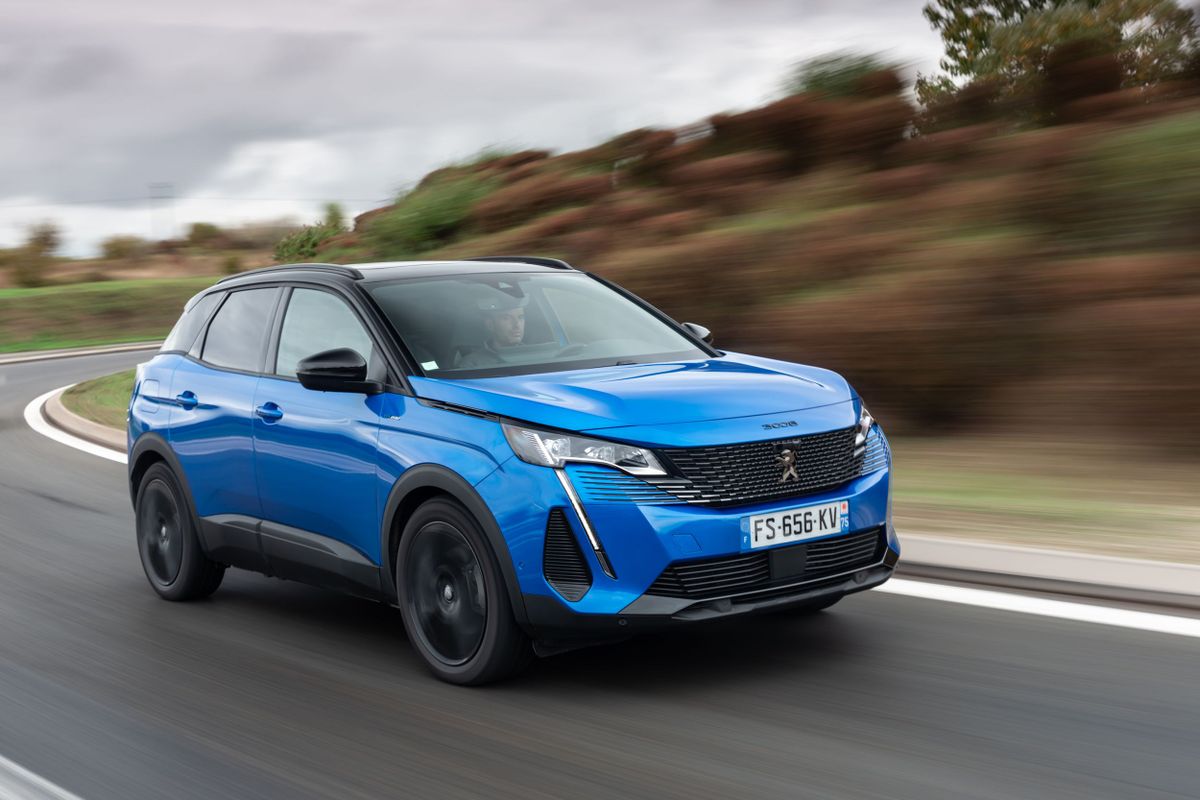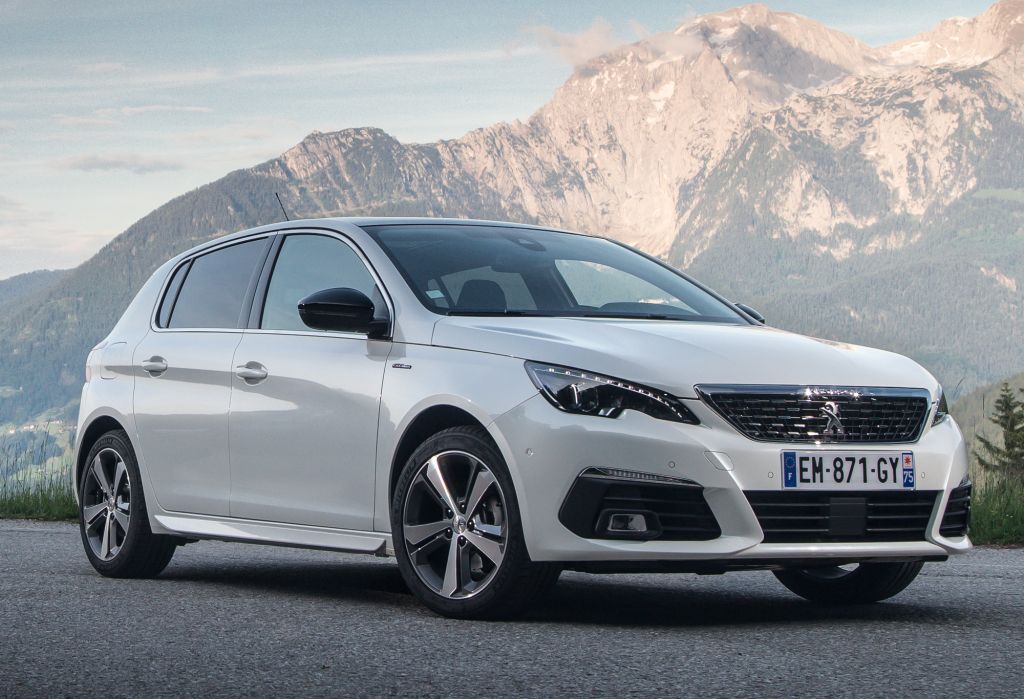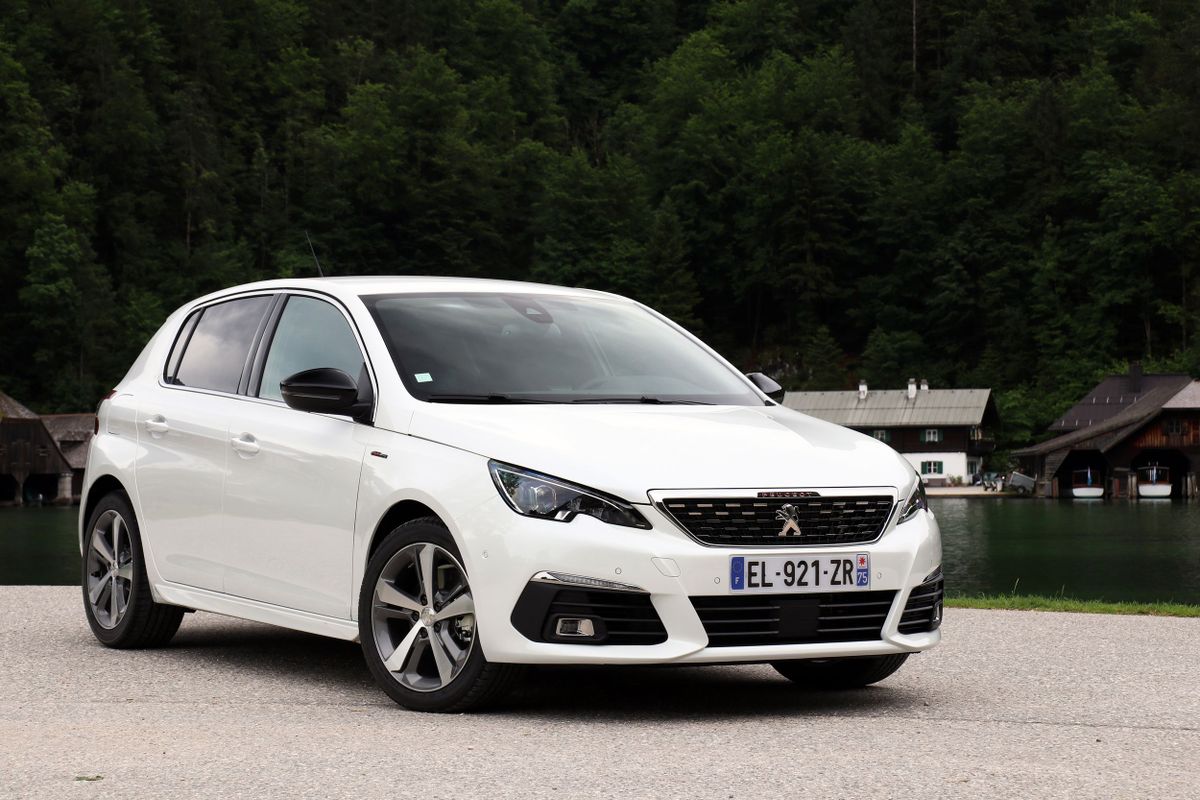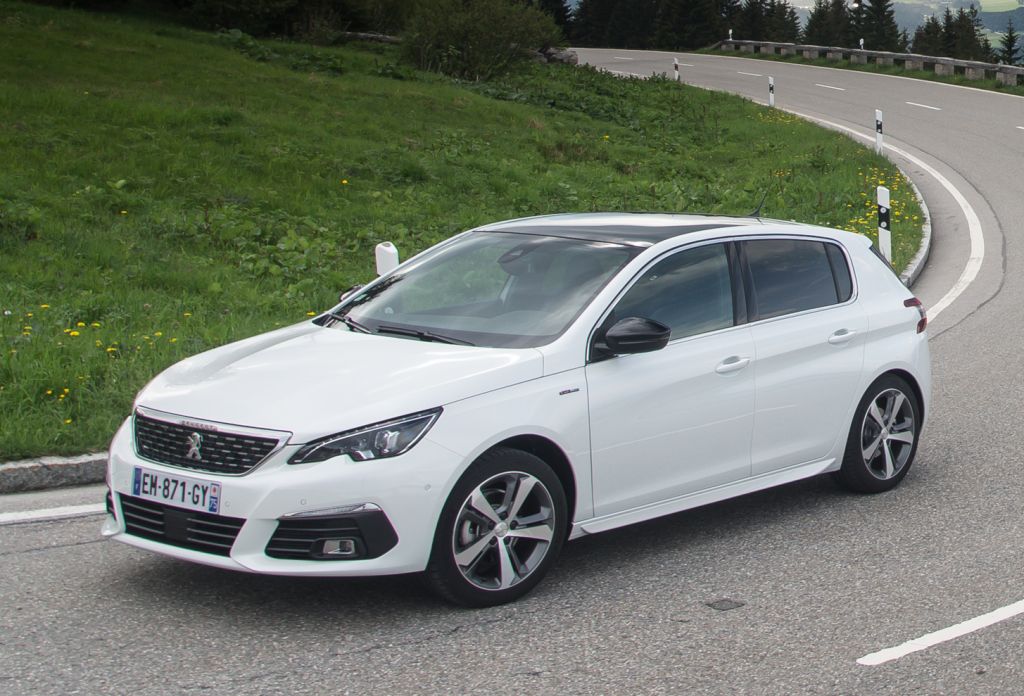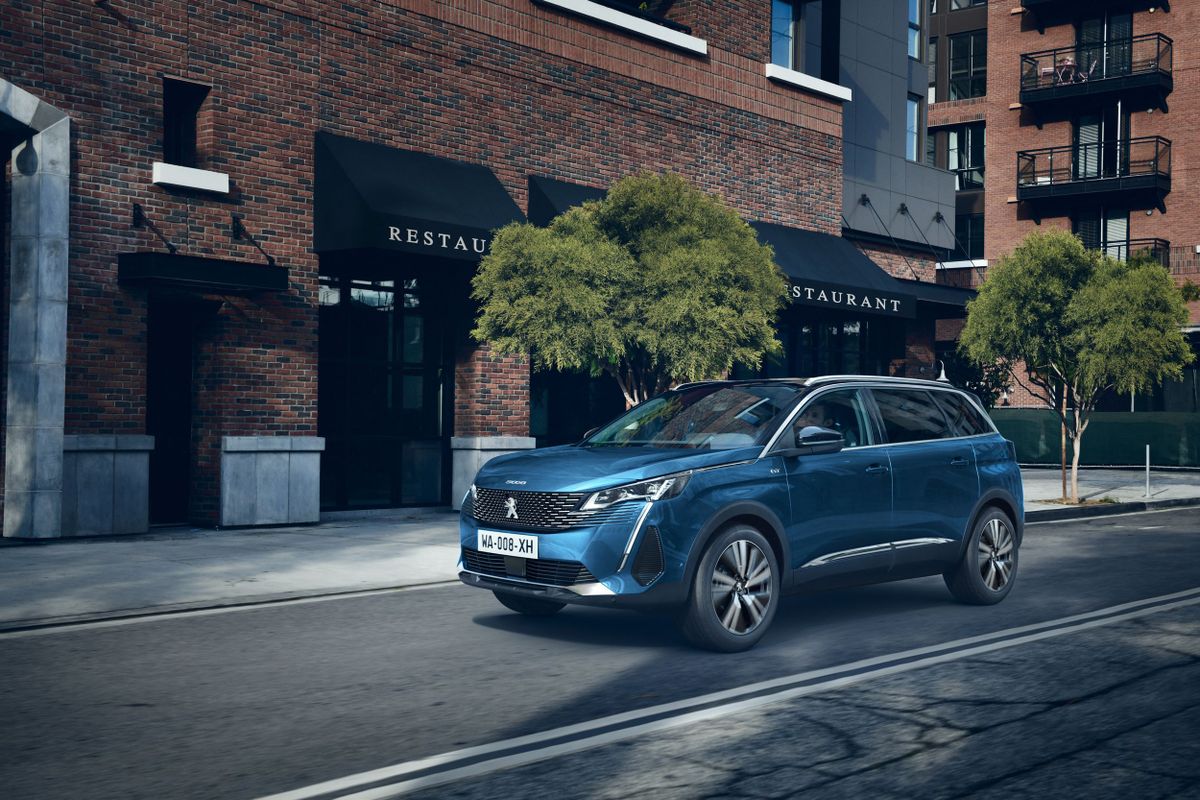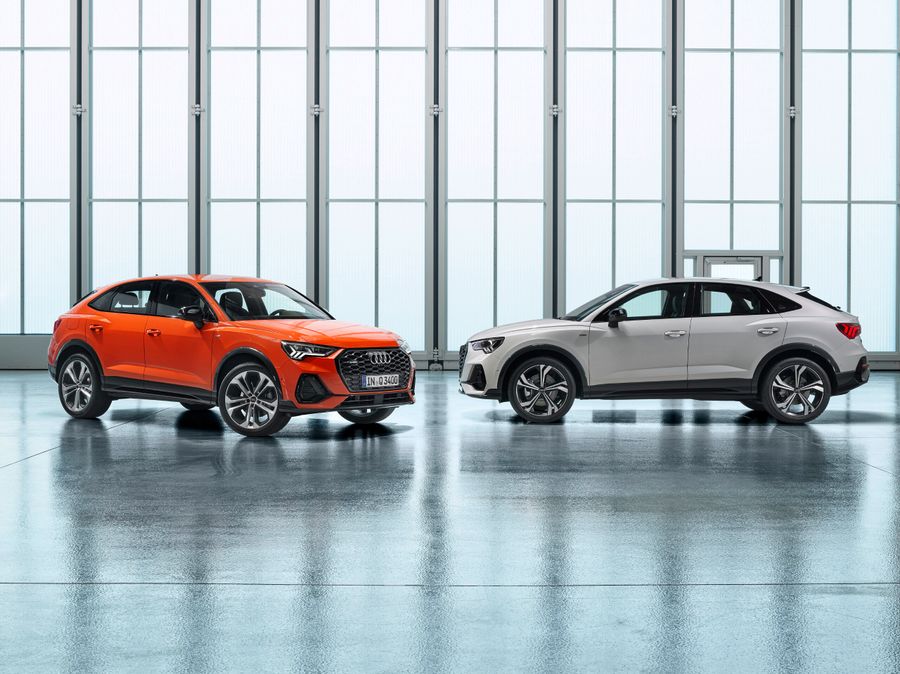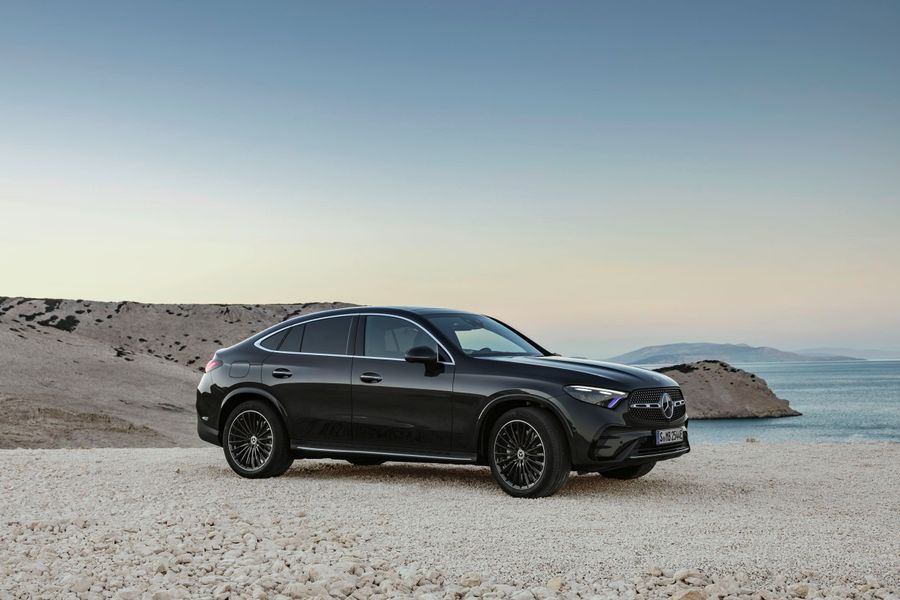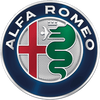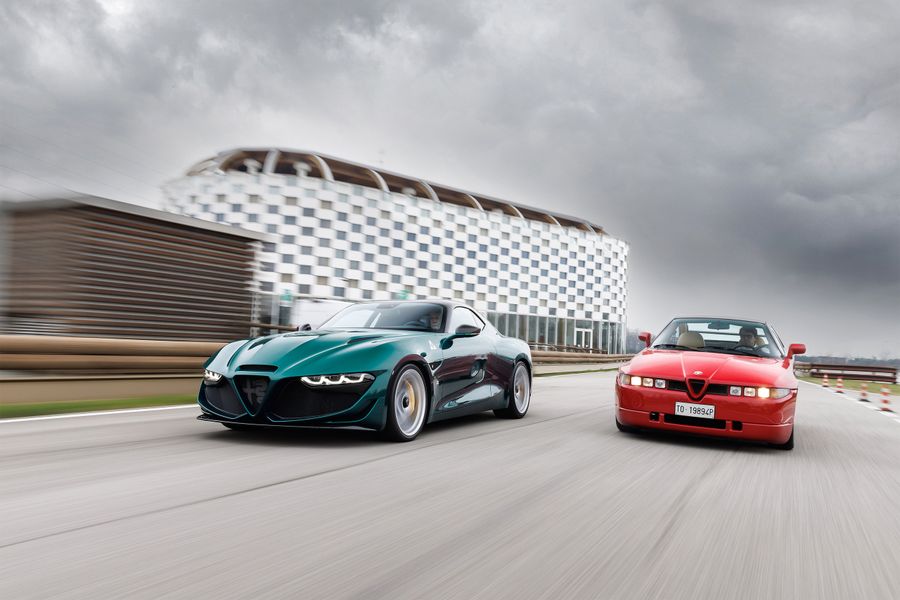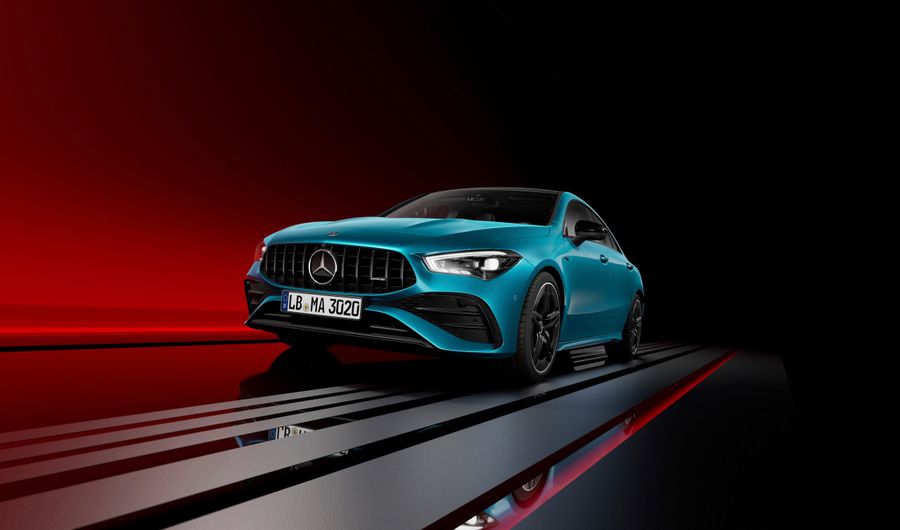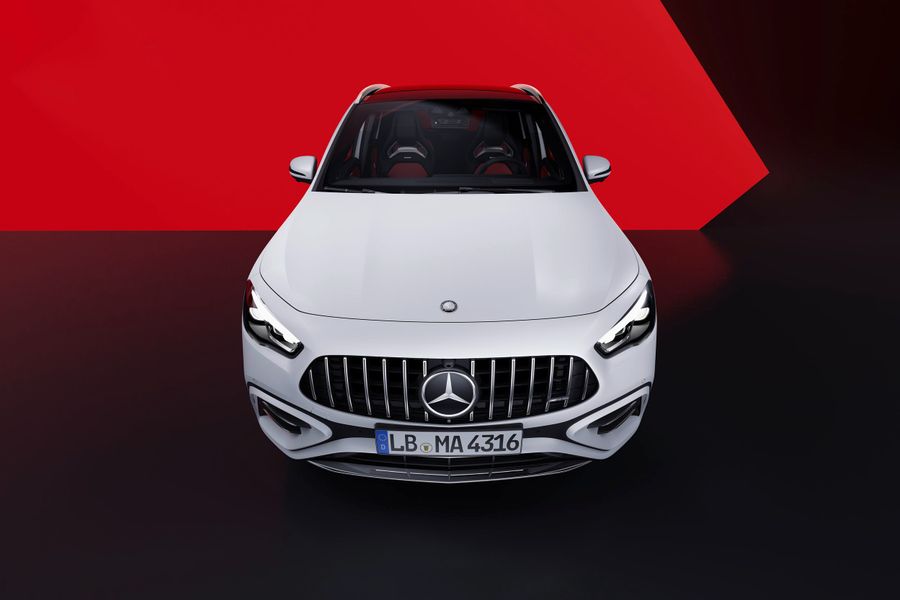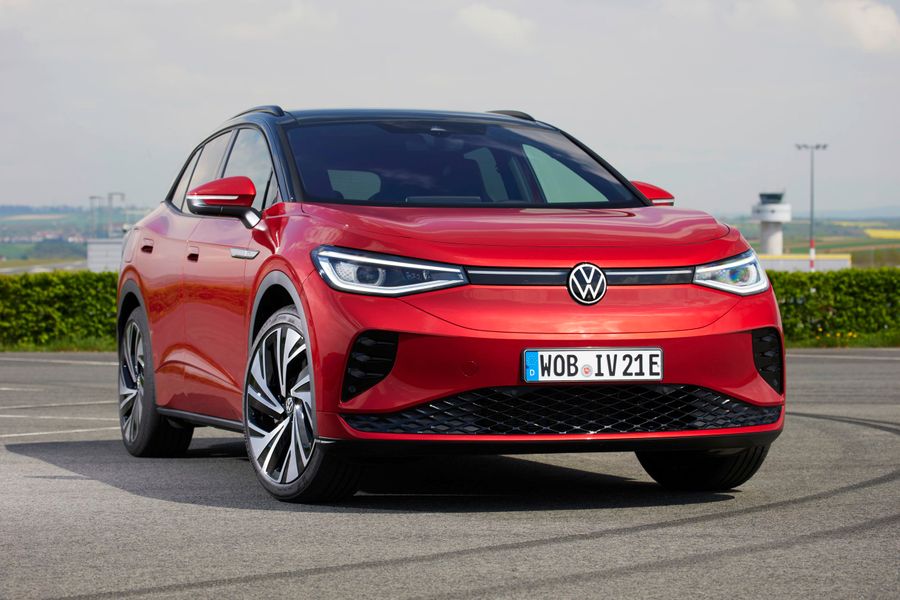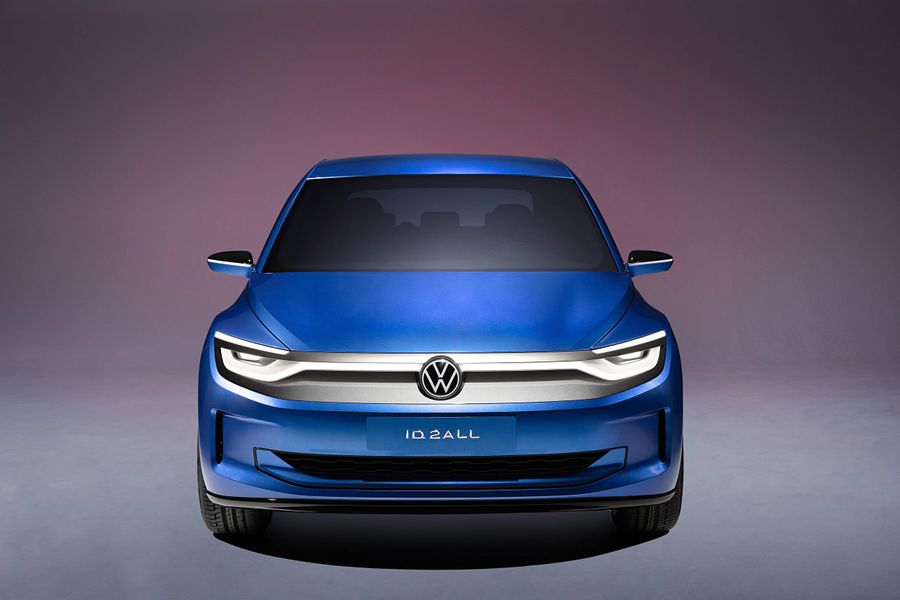
Peugeot. The rampant French lion
Peugeot is the largest private French car company that produces cars, sports, and racing cars, bicycles, and motorcycles. It is a part of PSA Peugeot Citroën or Groupe PSA, which is the second-largest car manufacturer in Europe. Peugeot cars have been shot in movies, used by top-level officials, and celebrities. Peugeot models were awarded as the ‘European Car of the Year’ many times. Peugeot sells its cars in 150 countries, has about 3000 showrooms, and more than 7000 service stations only in the EU (as of 2011-2019). It’s been controlled by the same family for years.
PSA Peugeot Citroën is Groupe PSA is the owner of such brands as Citroën, Peugeot, Opel, Vauxhall, and DS Automobiles. Peugeot Citroën’s policy is focused on CO2 reduction targets resulted in a 16.8% market share in Europe that the merged company has at the moment. In total, Groupe PSA has sold 3.5 million cars in 2019.
Famous models
Does everyone know the handsome French guy called Peugeot 206? This car can be called the greatest success of the Peugeot company since the legendary 205. And even earlier – at the very beginning of the 20th century - the ‘people’s’ car Peugeot Bébé (Peugeot Baby) designed by Ettore Bugatti himself was simply madly popular all over the world. Peugeot 206 became the best-selling model in the company’s history, and more than five million of these cars have been sold worldwide.
Peugeot 306 was praised in the European media for its excellent dynamics and build quality. Peugeot 406 with the bodywork from the famous Pininfarina is probably one of the most stylish cars of the 90s, which became a real movie star after the ‘Taxi’ series of the legendary Luke Besson. And this isn’t the first Peugeot in movies. Quite an extravagant representative of this brand was driven by Lieutenant Colombo in the series of the same name. Cars of this French brand enjoyed great popularity among many high-ranking officials, as well as movie and pop stars. In particular, former French President Jacques Chirac is considered a loyal fan of Peugeot.
5M+ Peugeot 206 cars of have been sold worldwide. This car is the Peugeot’s bestseller. Peugeot 406 became a real movie star after the “Taxi” series of the legendary Luke Besson.
Peugeot 3008 became the ‘European Car of the Year’ in 2017. In 2014 Peugeot 308 was awarded as the ‘European Car of the Year’, and the Peugeot 307 had this prize before.
Peugeot company has its own showrooms at Champs Elysees in Paris as well as in Berlin. The company shows its latest achievements and presents novelties there. In addition, there are small Peugeot Boutiques for selling souvenirs and accessories. Peugeot sells its cars in 150 countries, has about 3000 showrooms, and more than 7000 service stations only in the EU.
The rampant lion
The rampant lion, furious, growling, proud, and wild is a well-known logo French Peugeot car company. King of the beasts. The emblem appeared long before the whole world has seen the first cars of this brand. This lion decorated the coat of arms of Franche-Comté province in France, where the Peugeot family, founders of the company, came from, which is a perfect fit for these freedom-loving and independent cars.
It started with grinders
Peugeot is a family of industrialists and engineers, which dates back to the 15th century when it produced hand grinders and mills for pepper and salt, providing a lifetime warranty on their machinery. In the oldest French cafes, one can still find Peugeot hand mills. And then there was Armand Peugeot, who decided to start a bicycle production in the 1880s of the 19th century. Afterward, he got into the car business. His first cars were steam-powered but after Armand met Gottlieb Daimler, the engine was replaced by a gasoline one. By the way, Peugeot was the first manufacturer to use rubber tires on a gasoline car.
In 1896, Armand Peugeot founded Société Anonyme des Automobiles Peugeot, built a factory, and had more than 1200 cars sold in France in a year. Armand Peugeot quickly realized that he had to design his own engine so as not to depend on anyone. In 1901, a young novice designer of Armand Peugeot factory developed a new engine called ‘Bébé’ (Baby). By 1903, Peugeot had already produced half of all cars in France. And the car with the affectionate name ‘Bébé’ became really popular. Racing model Peugeot Goux 1913 set the absolute speed record – 187 km/h. It became the fastest car of its time!
After Armand Peugeot passed away in 1915, his business was continued by other family members. Peugeot focused on affordable mass-production cars but did not forget about customers with higher demands and thicker wallets. In 1929, the Peugeot 201, the cheapest car of the French market, was the founder of the Peugeot’s tradition of model naming using three digits with “0” in the center. Even during the Great Depression, the company managed to hold its market position by producing the improved small cars available to a wide range of customers.
In 1929, the Peugeot 201, the cheapest car of the French market, was the founder of the Peugeot’s tradition of model naming using three digits with “0” in the center.
After the Second World War, the policy of the company, focusing on small cars, successfully fitted in the general trends of Europe. But the demanding and wealthy buyer was not forgotten in Peugeot. The company began its collaboration with the great bodywork designer Pininfarina.
In 1974, Peugeot merged with Citroën to form a single concern. The joint founding company was the Peugeot Société Anonyme group, which aimed to maintain separate identities for both brands, sharing the engineering and technical resources of both Peugeot and Citroën. Citroën’s pioneering developments helped Peugeot arrive at to the next level of development.
Since 2019, all the new models produced by Groupe PSA have been equipped with all-electric or hybrid engines in order to meet the European CO2 emission standards in 2020. Groupe PSA has already produced 10 new hybrid and all-electric models. Since 2025, it plans to make its entire family electric. Since 2020 Peugeot Expert, Citroën Jumpy, and Opel Vivaro will be available in all-electric versions, while the electrification of the entire LCV range (and its passenger analogs) will take place by 2021.

